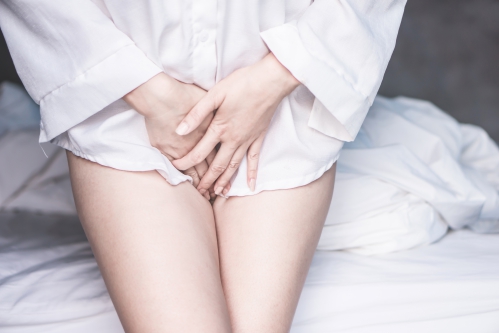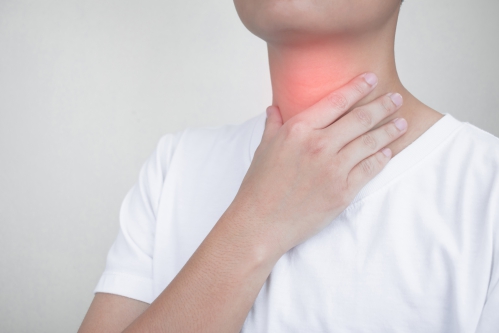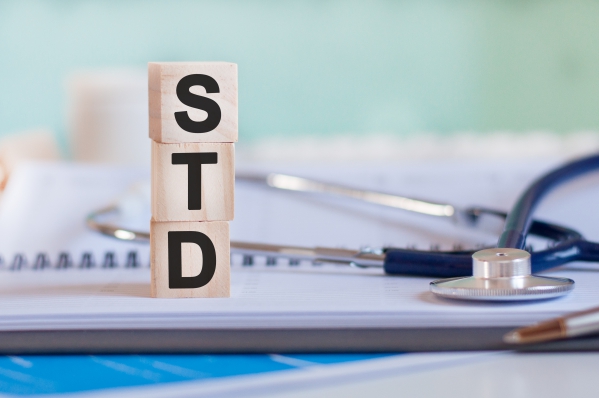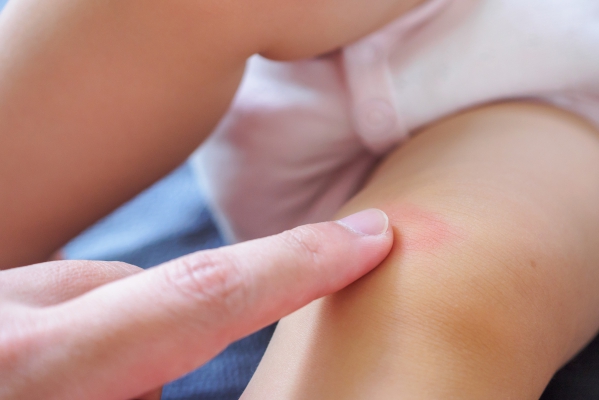What is otitis media?
Otitis media is an infection of the middle ear- an air-filled space located behind the eardrum, containing small bones (ossicles) that are important for hearing. A poor immune system, allergic, infectious and environmental factors can all contribute to the development of this condition.
In the United States, otitis media accounts for 20 million annual physician visits. 90% of children have experienced this condition at least once by the age of 2 years. In addition, this condition is recurrent and one third of children will experience 6 or more episodes of otitis media by the age of 7 years.
Otitis media can heal on its own. However, seeking medical advice is important to prevent the development of complications and to manage the pain associated properly.
What are the causes of otitis media?
Otitis media can be caused by a bacterium or a virus. This condition occurs as a consequence of another illness such as cold, flu or an allergy which results in swelling of the throat, nasal passages and eustachian tube. The eustachian tube is a tube connecting the ear to the back of the throat. This tube opens and closes to regulate the air pressure in the middle ear, drain normal secretions from the middle ear and refresh air into the middle ear. When the eustachian tube is swollen, it causes blockage of the tube which results in fluids being accumulated inside the middle ear. This accumulated fluid can become infected and cause otitis media. The reason why children are more commonly affected by this condition is because their eustachian tubes are narrower, more horizontal and less rigid which makes them more difficult to drain secretions and more likely to get obstructed.

Another structure which may be involved in the development of otitis media are the adenoids. The adenoids are a patch of tissues which are located high in the back of the nose and are thought to be play a role in immune system activity. These patch of tissues may get swollen and block the eustachian tube opening which may prevent fluids from draining, causing otitis media. In children, the adenoids are more often the culprits as their adenoids are larger compared to adults.
What are the risk factors for Otitis media?
The risk factors for otitis media include:
- Age: Children aged between 6 months to 2 years are more at risk of developing otitis media due to the size of their eustachian tubes and adenoids. In addition, children are more at risk due to the fact that their immune system are still immature.
- Having cochlear implants: Children with cochlear implants are at increased risk of developing otitis media. A cochlear implant is a device that help people with hearing.
- Vitamin A deficiency
- Obesity
- Group child care: In group child care, infections such as colds or flu are spread easily and increase the risk of developing otitis media.
- Seasonal factors: Otitis media is more common during winter. In addition, people suffering from allergies due to pollen exposure are more at risk of developing otitis media when pollen counts are high.
- Infant feeding: Bottle-feeding increase the risk of your child developing otitis media. Therefore, breastfeeding your child exclusively for 3 to 6 months, protects him/her from otitis media.
- Passive smoke exposure: Passive smoking has been associated with an increased risk of developing otitis media.

What are the signs and symptoms of otitis media?
The signs and symptoms of otitis media in adults include ear pain, difficulty hearing and drainage of fluid from the ear. The signs and symptoms of otitis media in children include:
- Pulling the affected ear
- Ear pain when lying down
- Difficulty sleeping
- Excessive crying
- Irritability
- Unsteadiness
- Fever
- Headache
- Discharge from the affected ear
- Loss of appetite

Making a diagnosis
To make a diagnosis, your doctor will first take a history from you to know more about your symptoms or your child’s symptoms. After the history taking, your doctor will perform a physical examination to look for signs of otitis media. To confirm the diagnosis, your doctor may order some test and these include:
- Pneumatic otoscopy: Pneumatic otoscopy is the direct visualisation of the eardrum using an otoscope and determination of the mobility of the ear drum in response to pressure changes. A normal eardrum will move in response to pressure changes. However, immobility may be due to otitis media and perforated ear drum amongst others.
- Imaging studies: Imaging studies are usually not used in the diagnosis of otitis media. However, if complications involving the brain or other adjacent structures are suspected, then a contrast-enhanced Computed Tomography (CT) scan of the temporal bones may be done. A Magnetic Resonance Imaging (MRI) scan may be useful in depicting fluid collections inside the middle ear.
- Tympanocentesis: This is the insertion of a small tube through your ear drum to allow fluid from the middle ear to drain. The fluid is then collected in order to identify the pathogens causing the disease.

What are the treatments of otitis media?
Some ear infections may resolve on its own without antibiotic treatment. However, if the condition does not improve the following treatments may be used:
- Pain medication: Pain medications are given to relieve the ear pain associated with otitis media. The drugs that can be used include acetaminophen or Non-steroidal Anti-Inflammatory Drugs (NSAIDs).
- Anaesthetic drops: If your eardrum is not perforated, these drops can be used to relieve the pain.
- Antibiotics: Antibiotics are used when you have a temperature of 39°C or higher. In addition, the full course of the antibiotic should be taken even if the symptoms are no longer present. This is to avoid recurring infection and resistance of the bacterium to the antibiotic.
- Myringotomy: This is a surgical procedure carried out in an outpatient setting. It involves your surgeon inserting a tube (Tympanostomy tube) through your eardrum to drain the fluids inside your middle ear and preventing further accumulation of fluids.

What are the complications of otitis media?
If otitis media is left untreated, the following complications may ensue:
- Hearing loss: Recurrent middle ear infections may permanently damage the middle ear structures or eardrum, resulting in permanent hearing loss.
- Mastoiditis: Mastoiditis is a serious infection of the mastoid process- a hard and prominent bone located just behind the ear. These infections often occurs from ear infections that were not treated successfully.
- Cholesteatoma: Recurrent ear infections may result in Cholesteatoma which is a noncancerous skin growth that develops in your middle ear.
- Meningitis: The ear infection may spread to tissue in your skull in rare cases. If neck stiffness and fever accompany the symptoms of otitis media, this complication should be suspected.
- Speech or developmental delays: If hearing I temporarily or permanently lost in an infant, there might be delays in speech and developmental milestones.
Prognosis
Mortality from middle ear infections have reduced considerably in the United States, being less than 1 death in 100,000 cases. However, complications from recurrent ear infections remains significant despite the frequent use of antibiotics to treat the disease. Seeking medical advice early is key to prevent the development of complications.

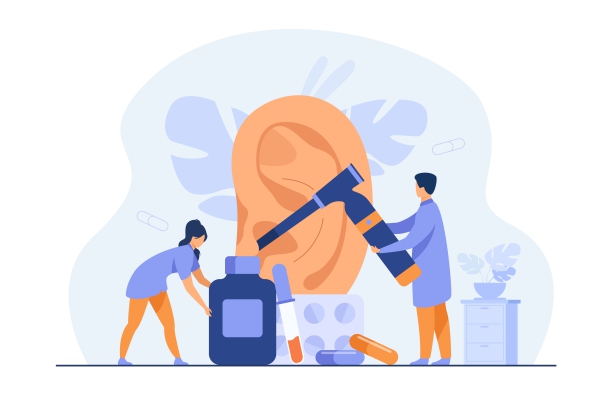
Source:
J. Alastair, I. and Simon, M., 2016. Davidson's Essentials of Medicine. 2nd ed. London: ELSEVIER.
Parveen, K. and Michael, C., 2017. Kumar & Clarks Clinical Medicine. 9th ed. The Netherlands: ELSEVIER.
Muhammad, W., 2021. Otitis Media: Practice Essentials, Background, Pathophysiology.




